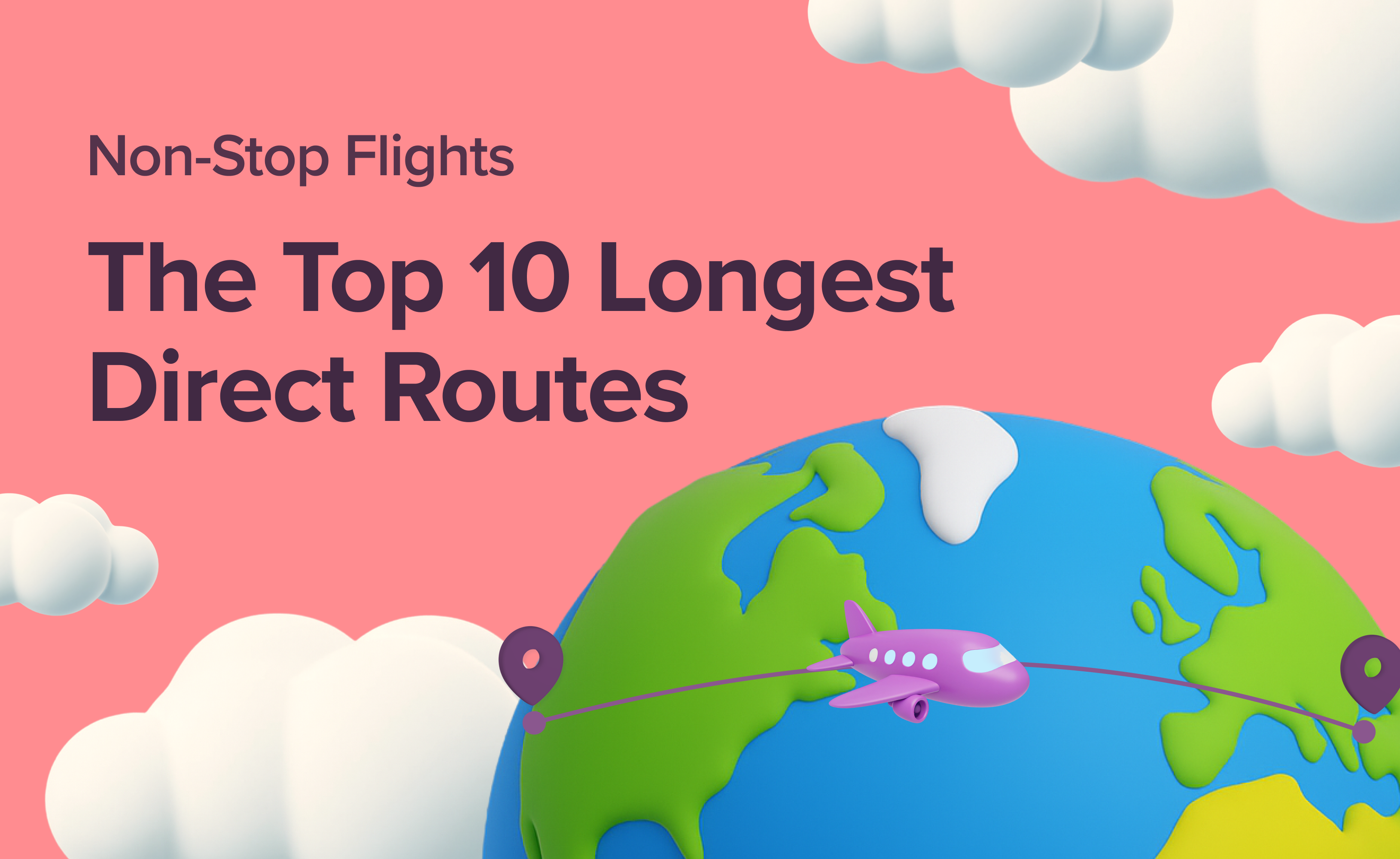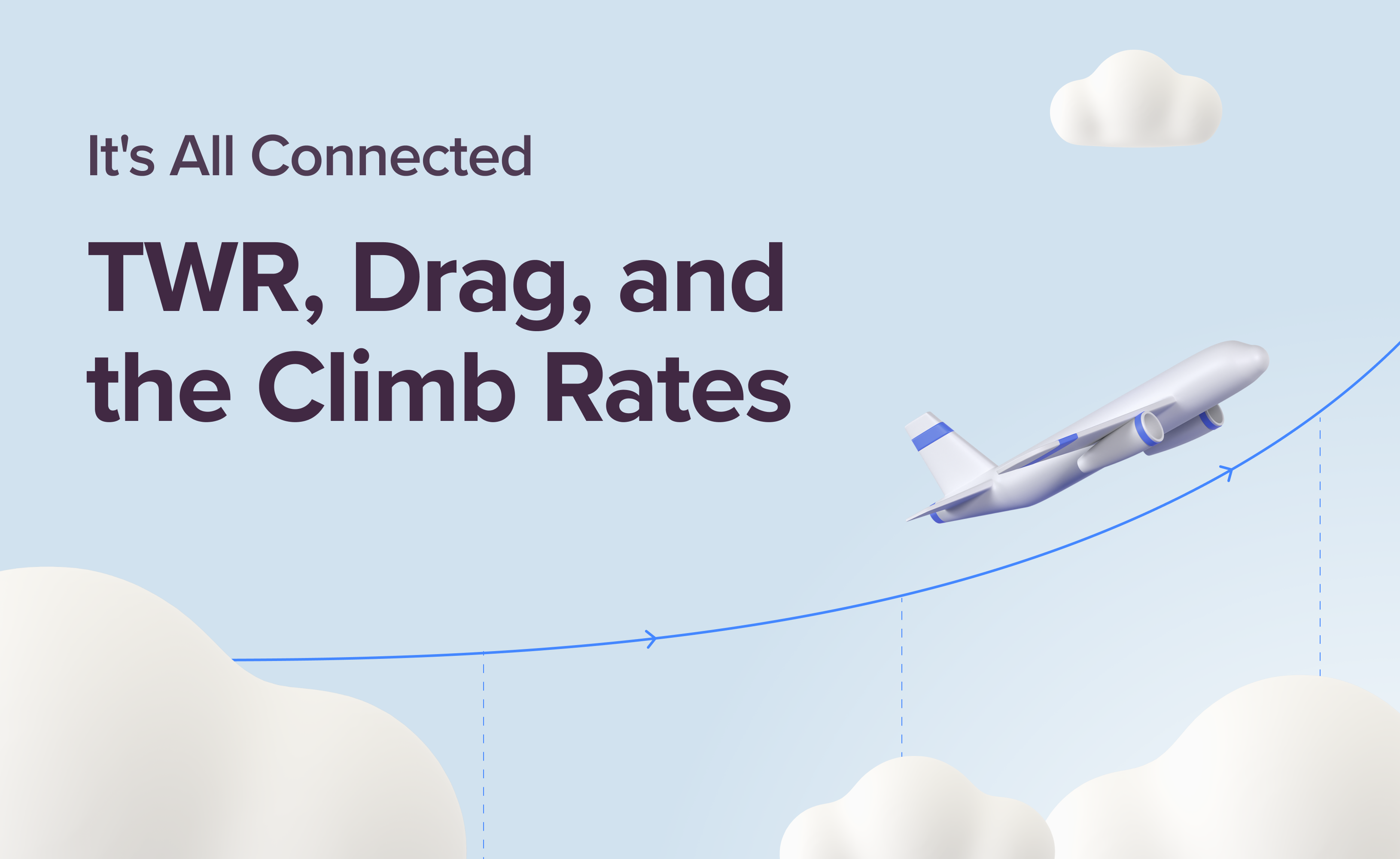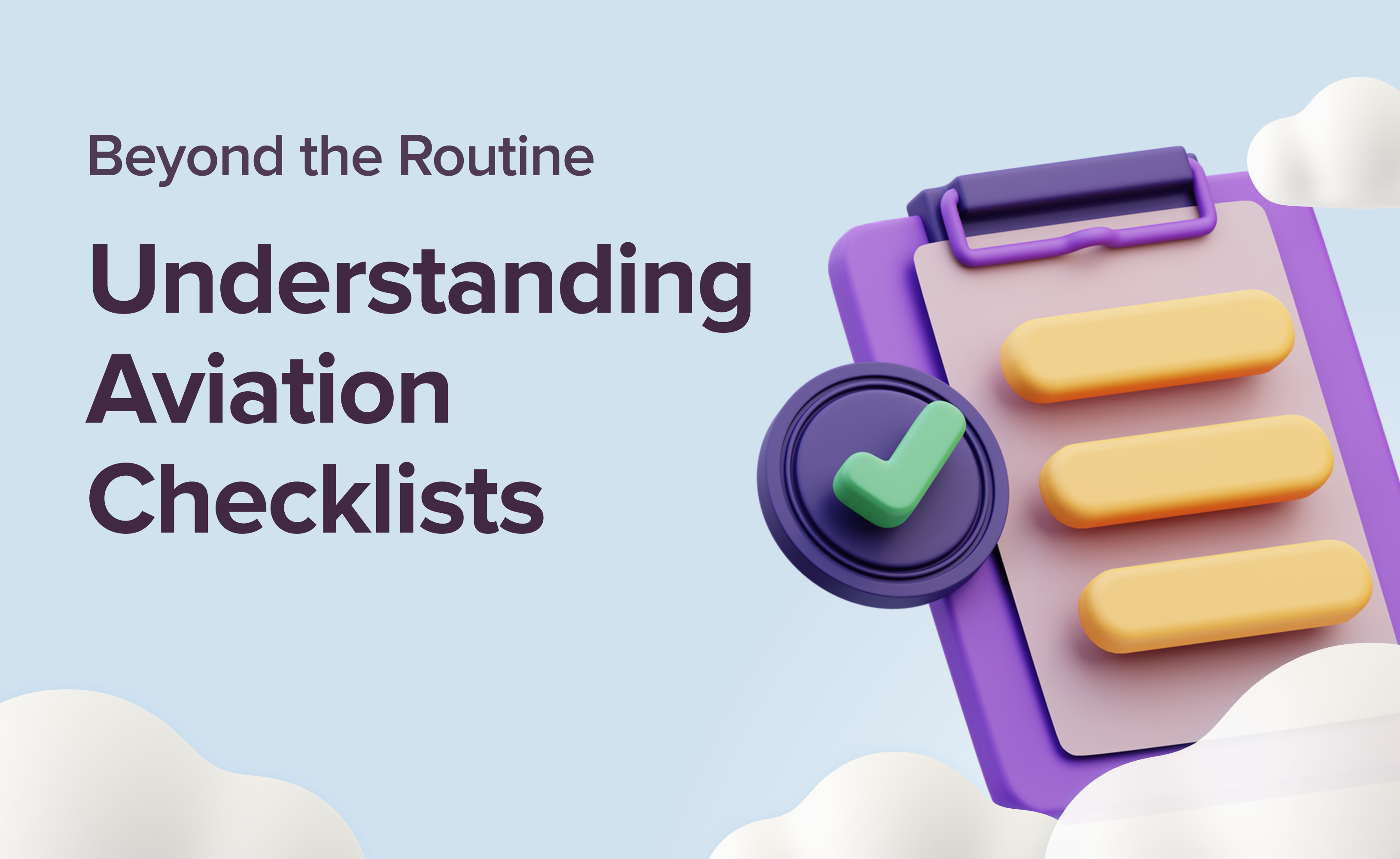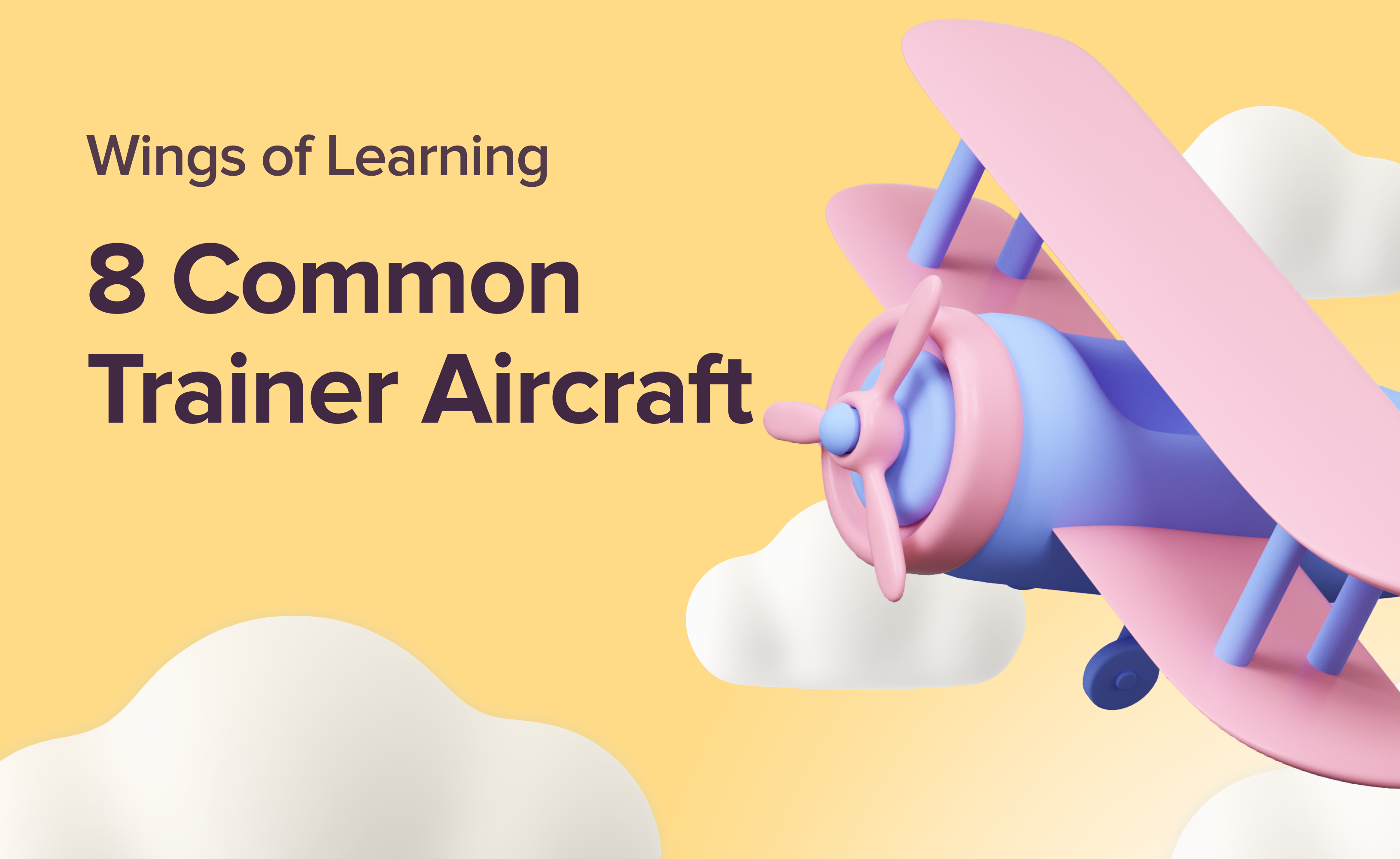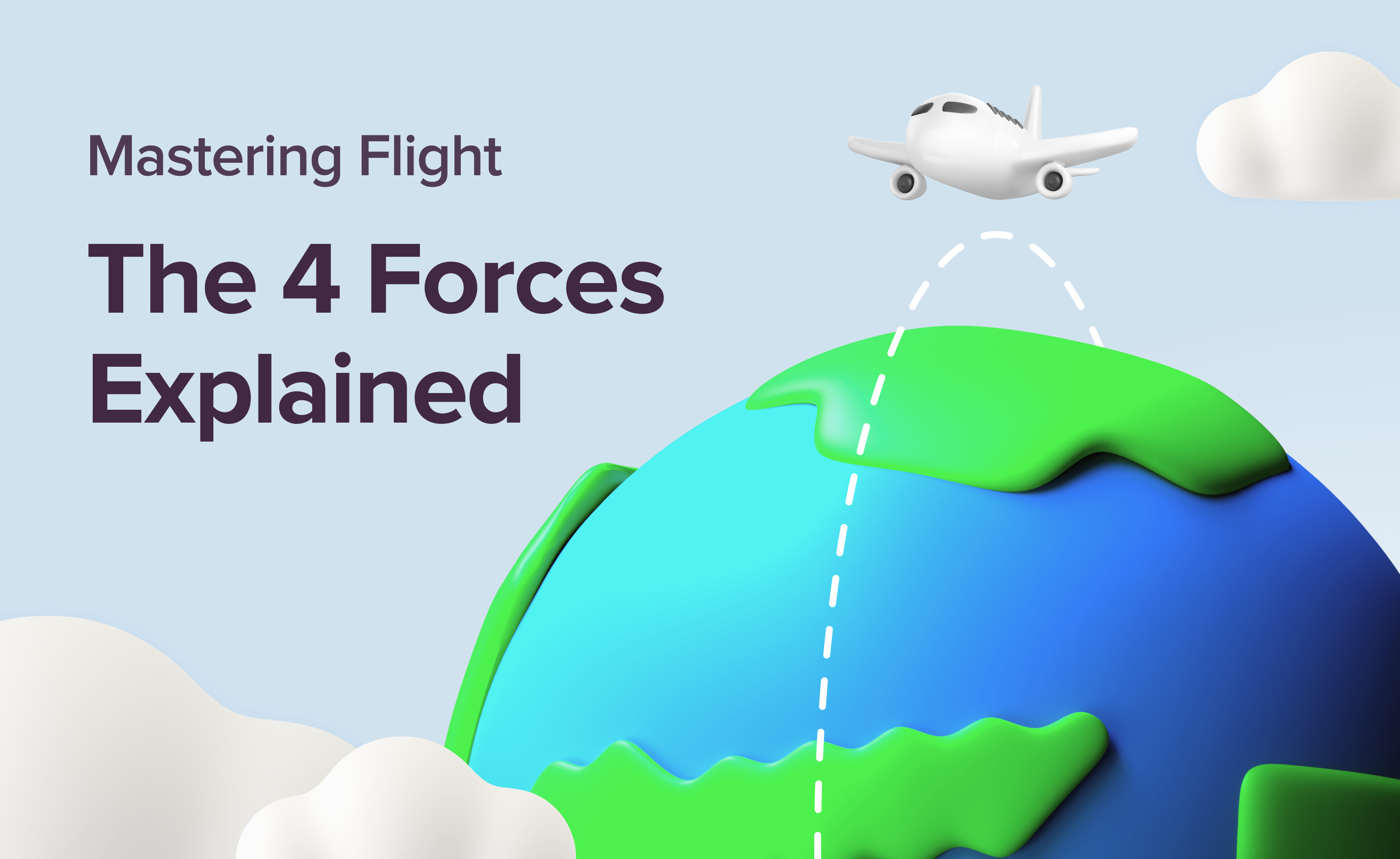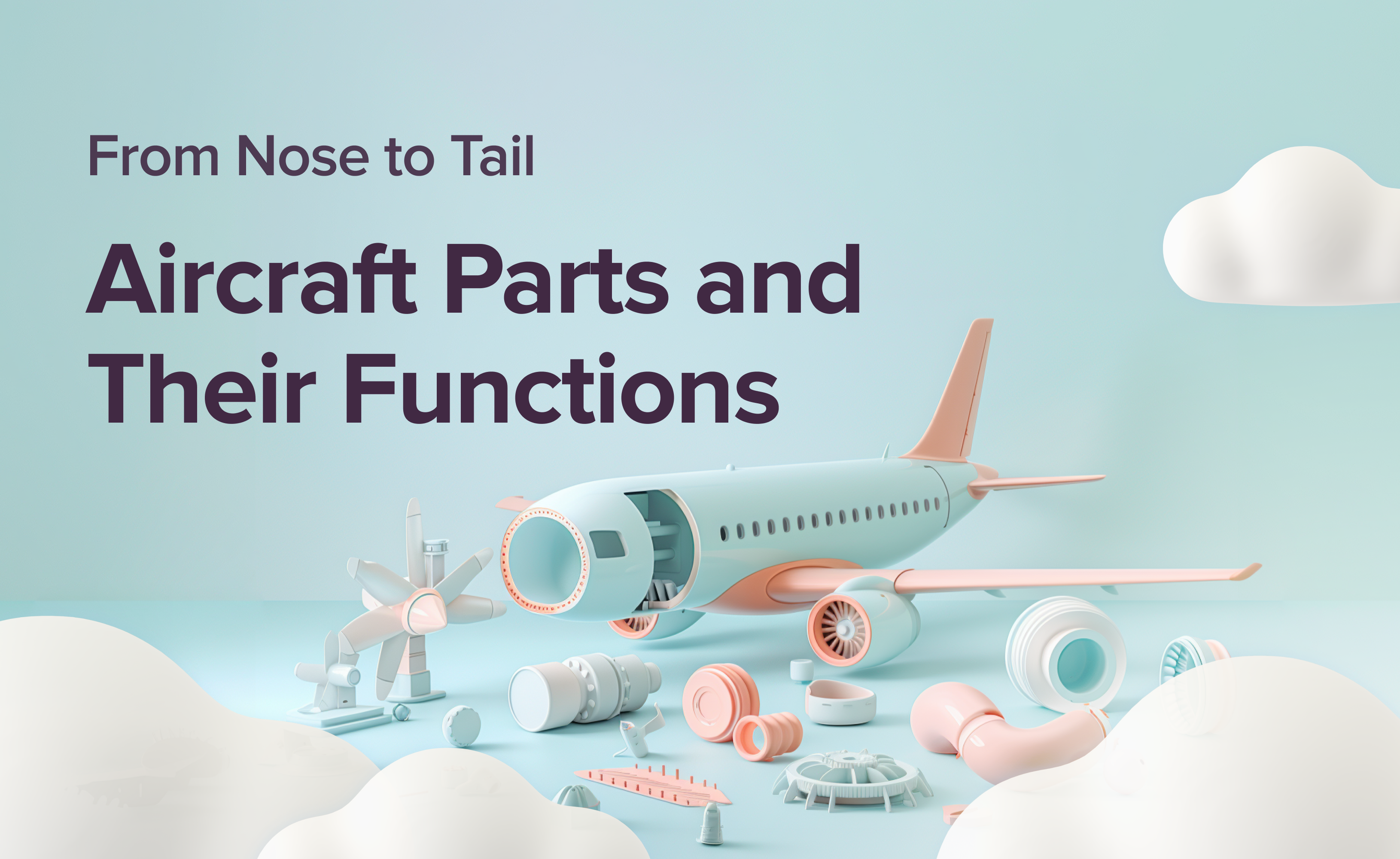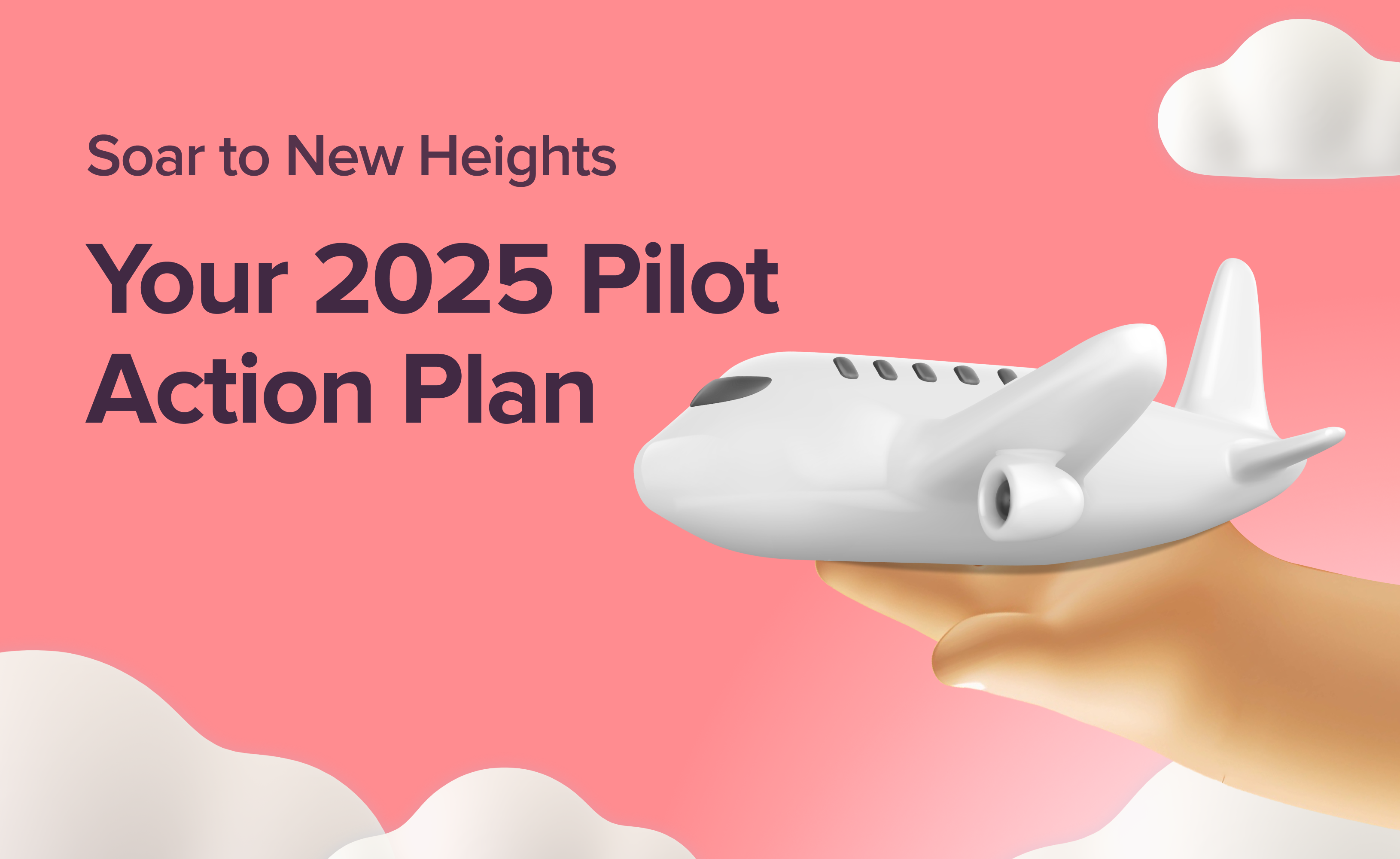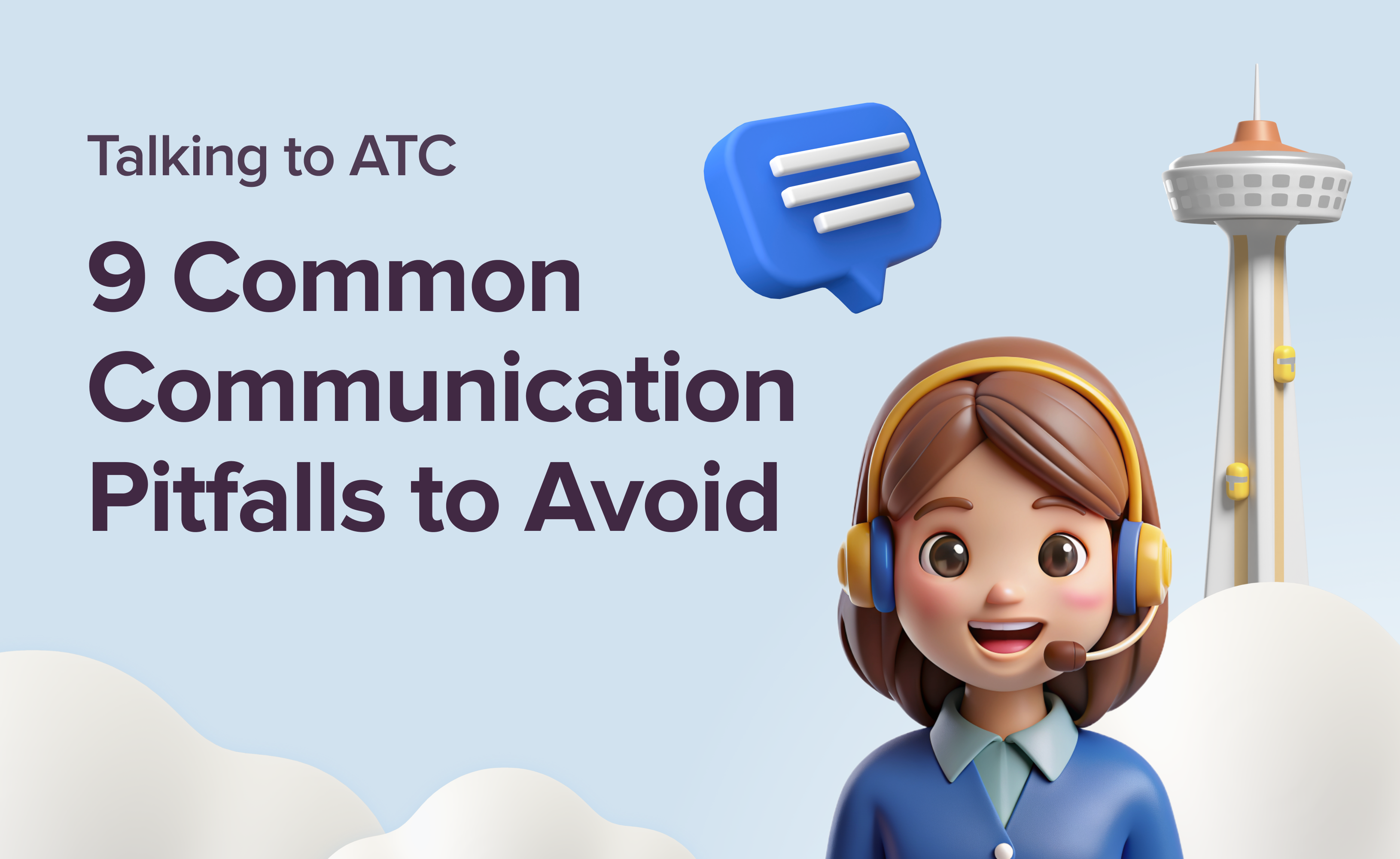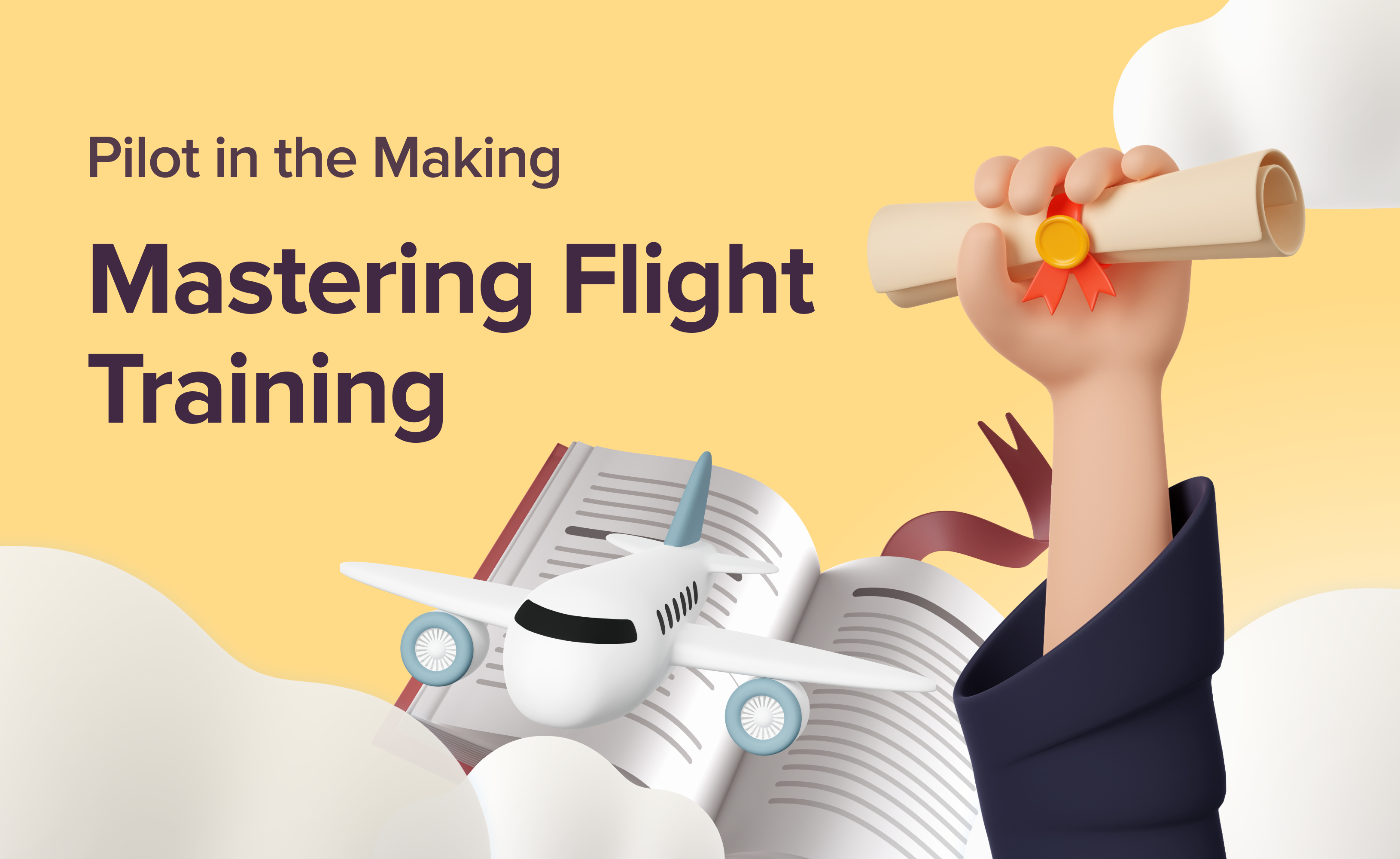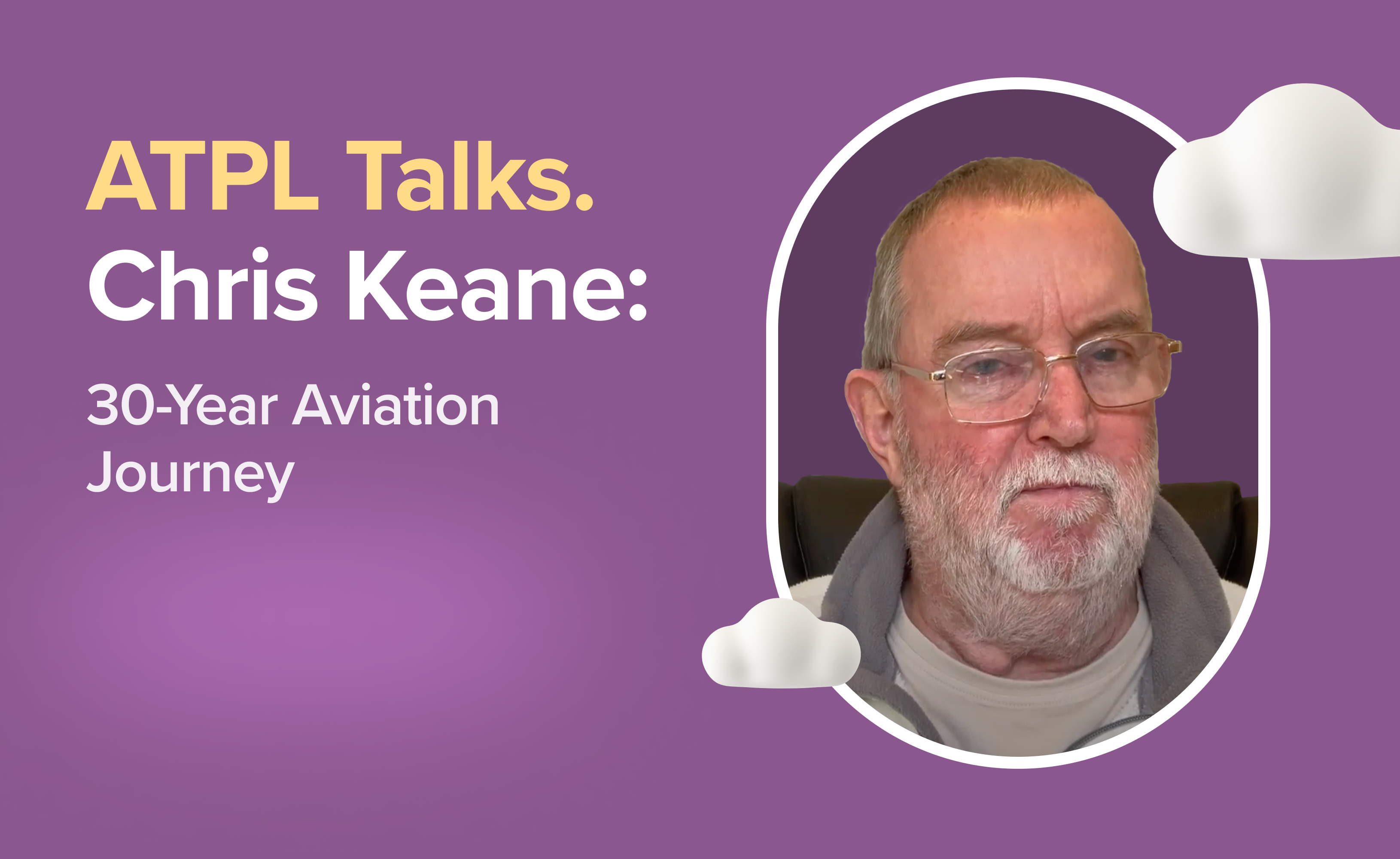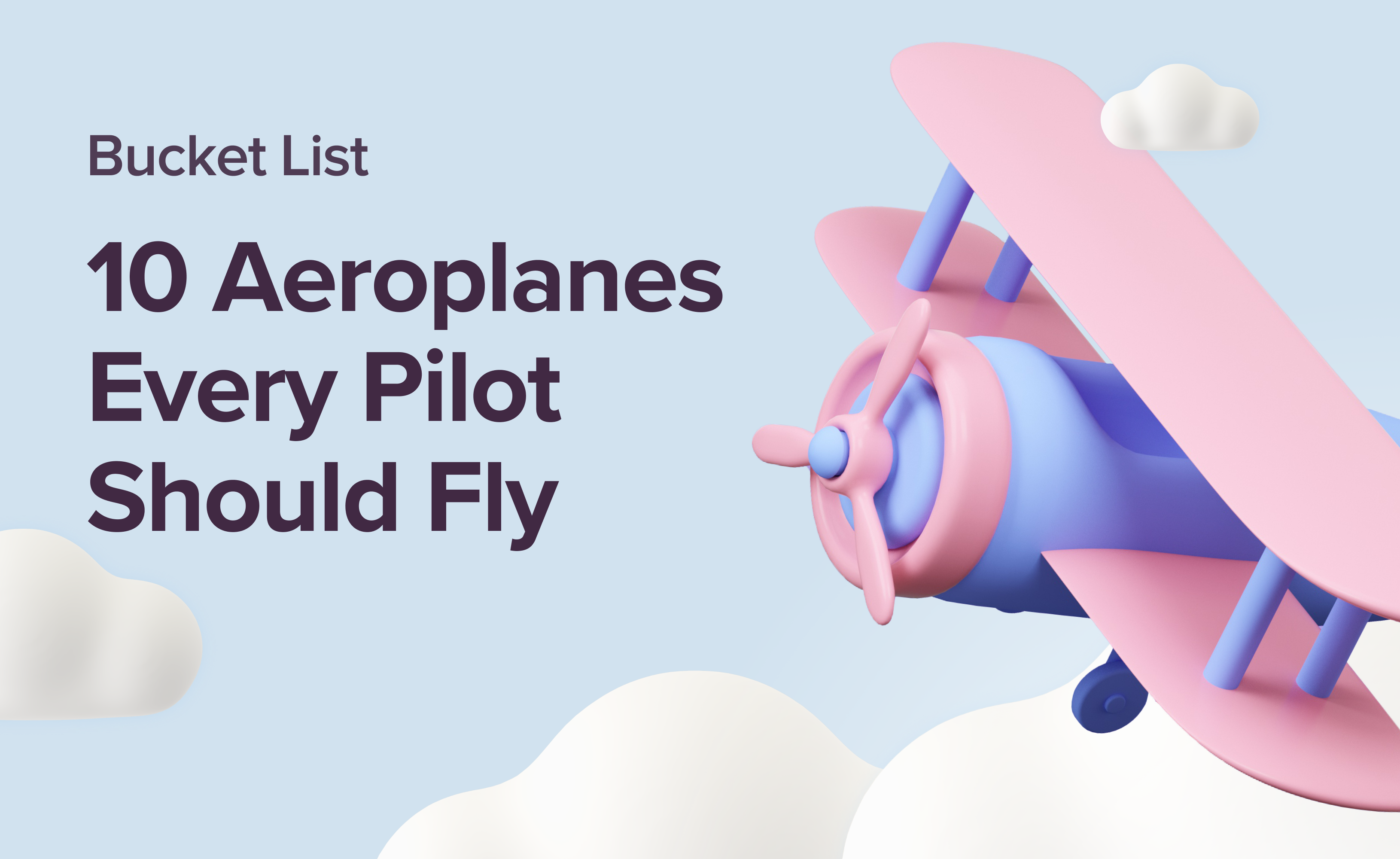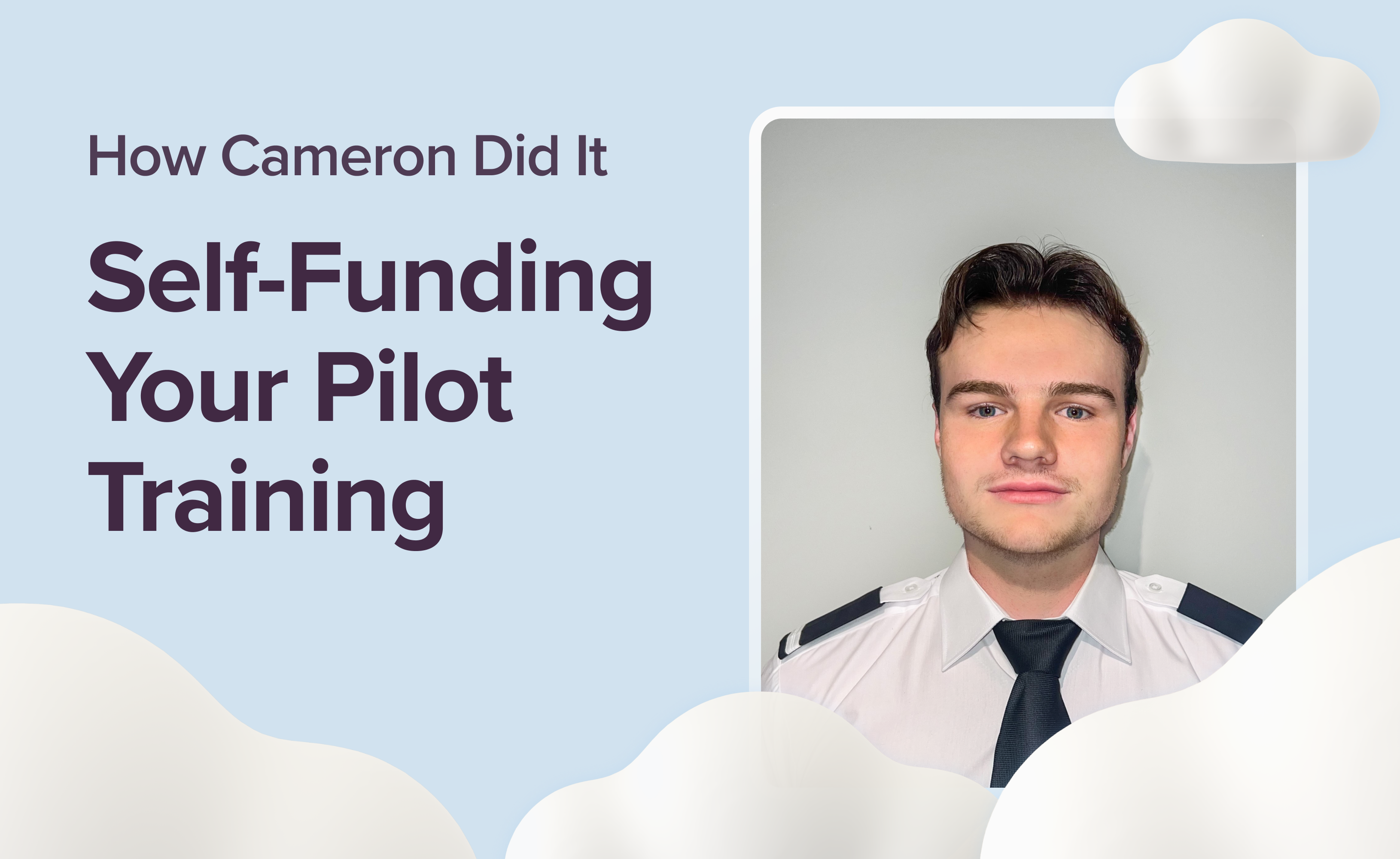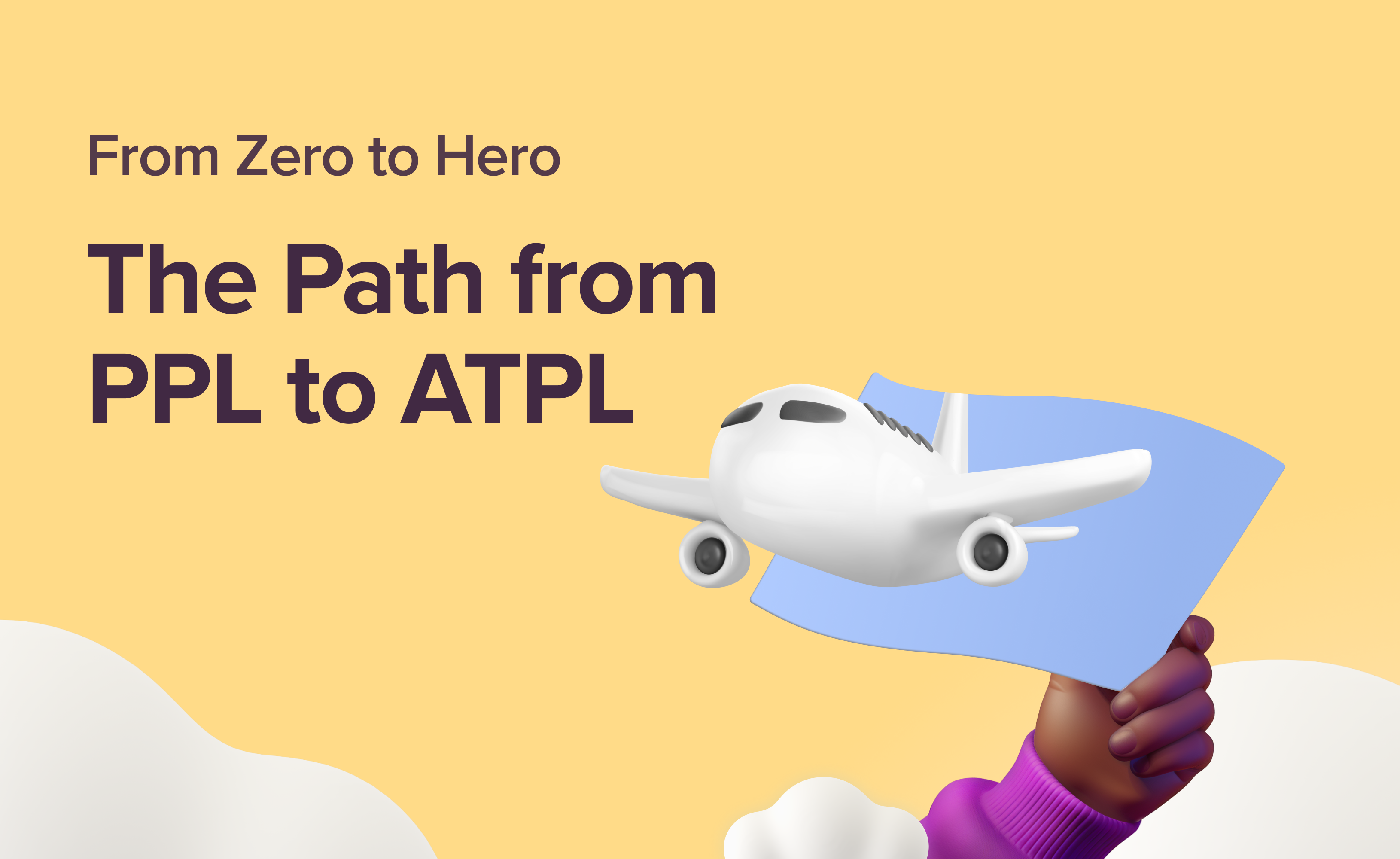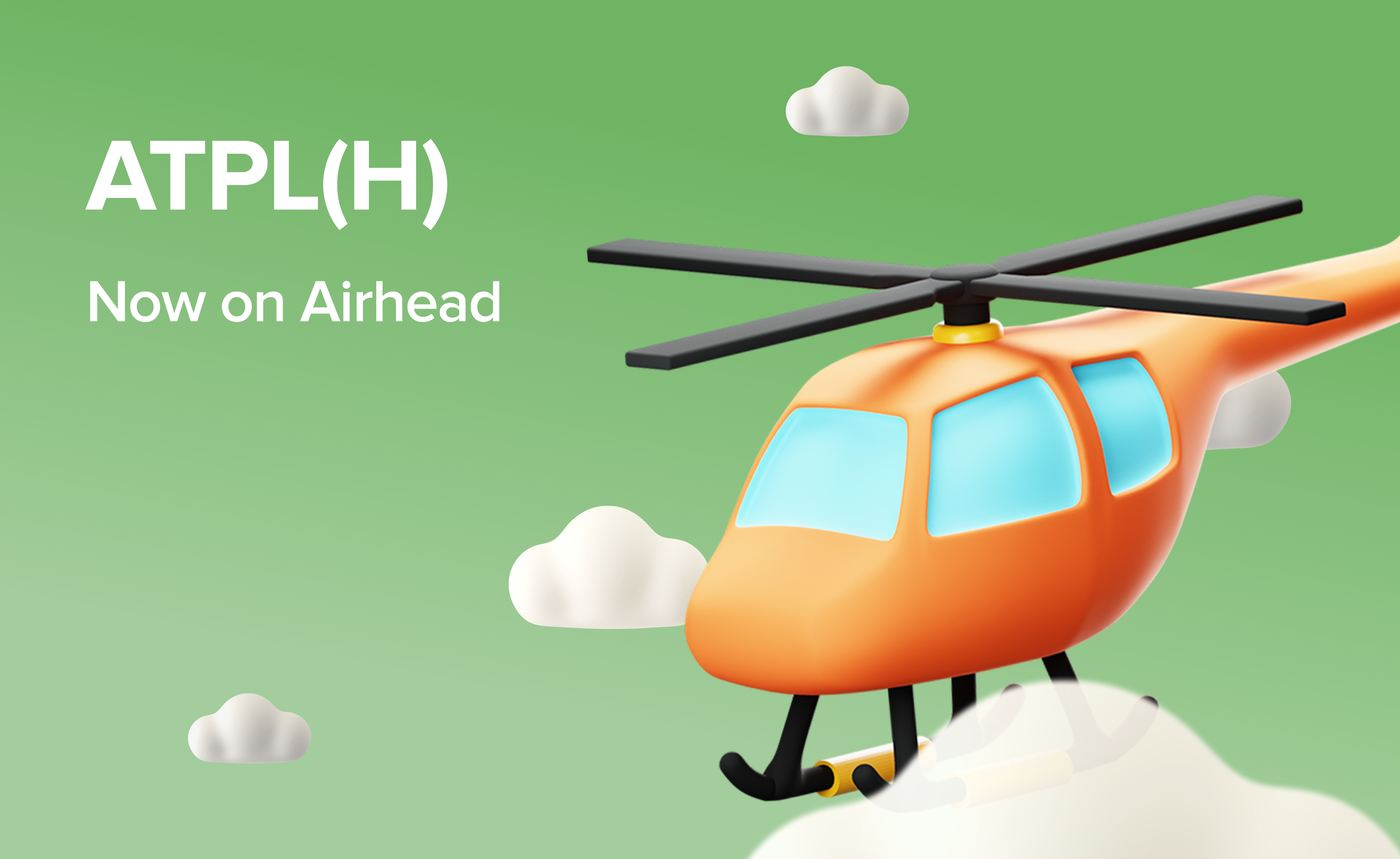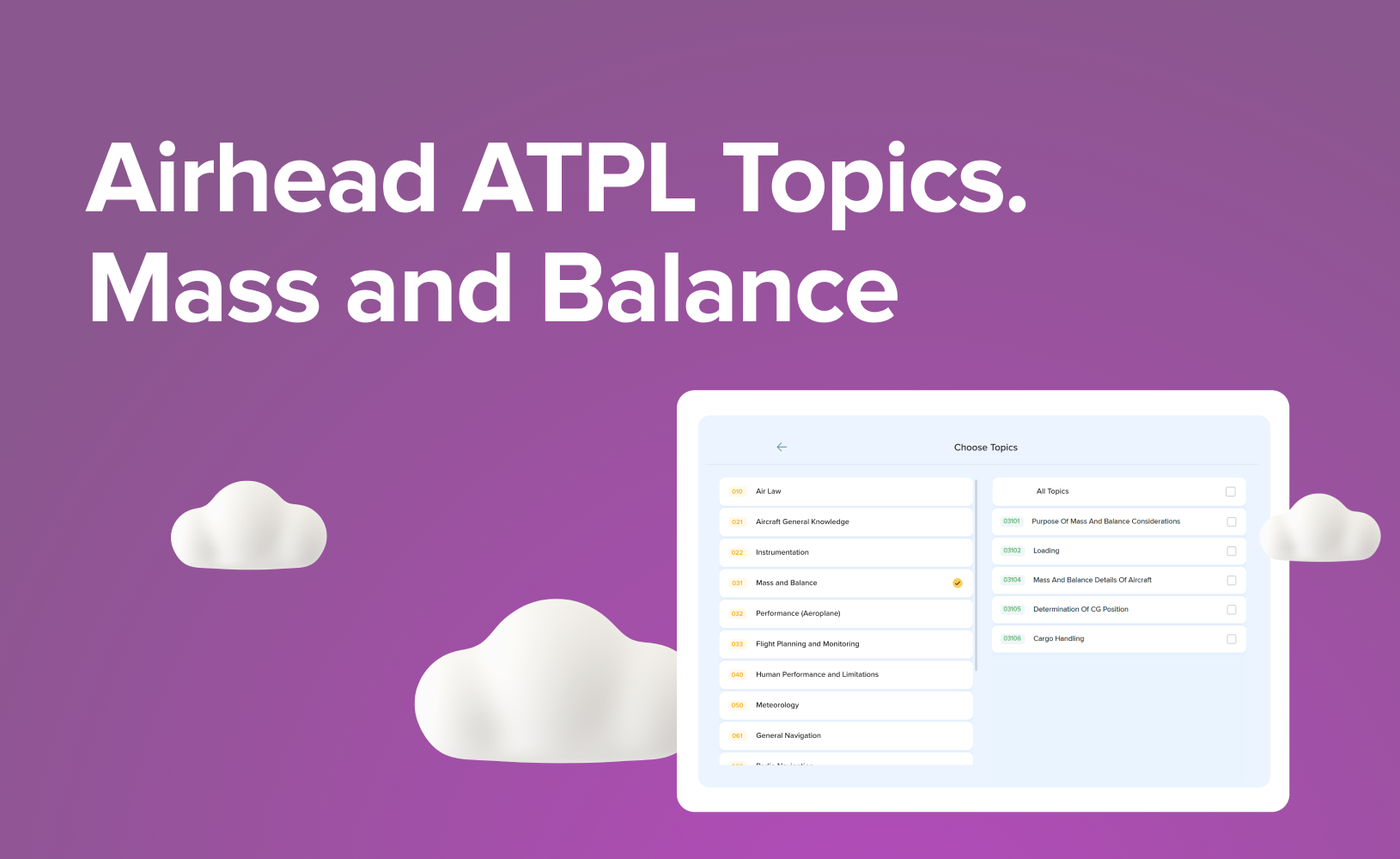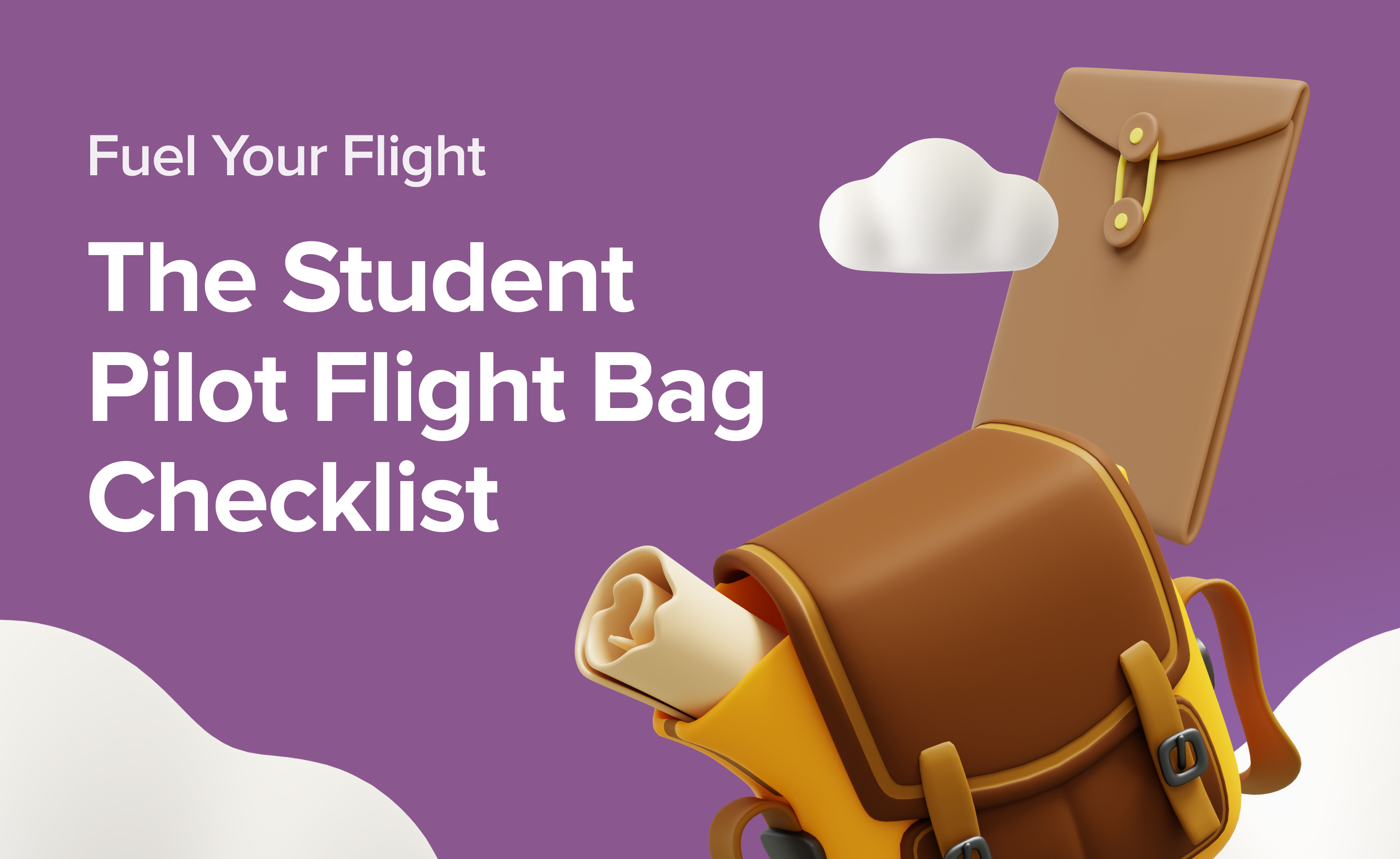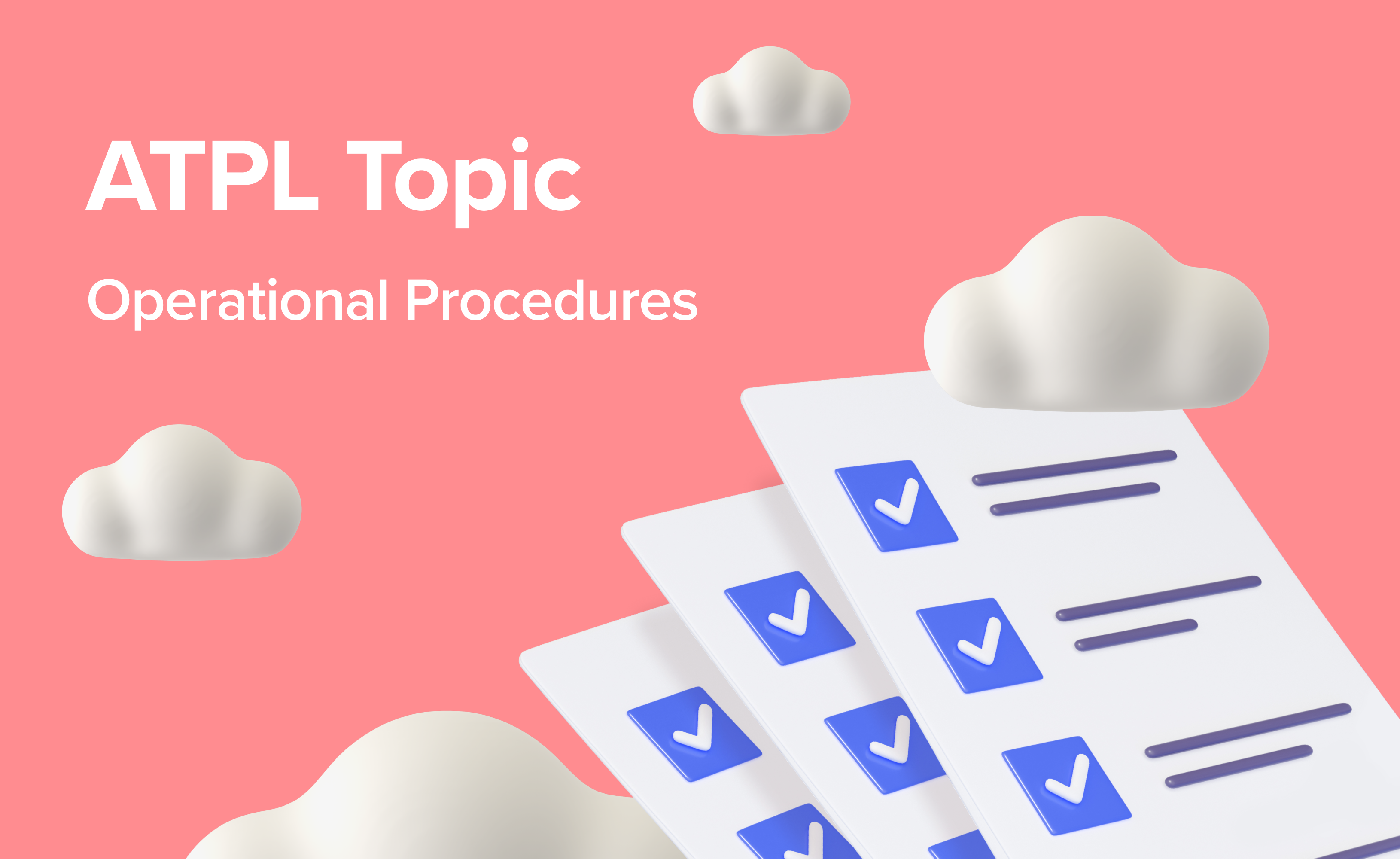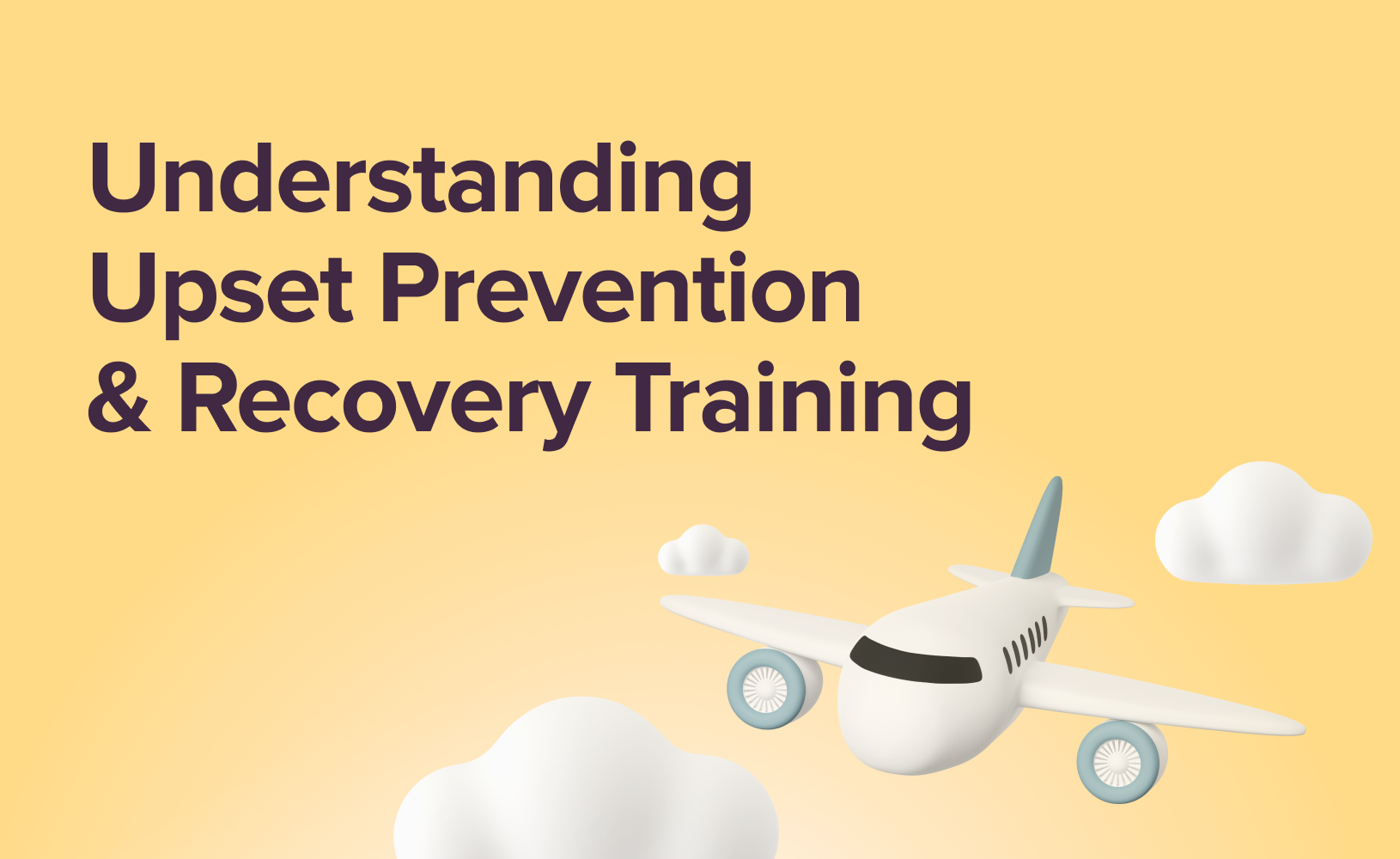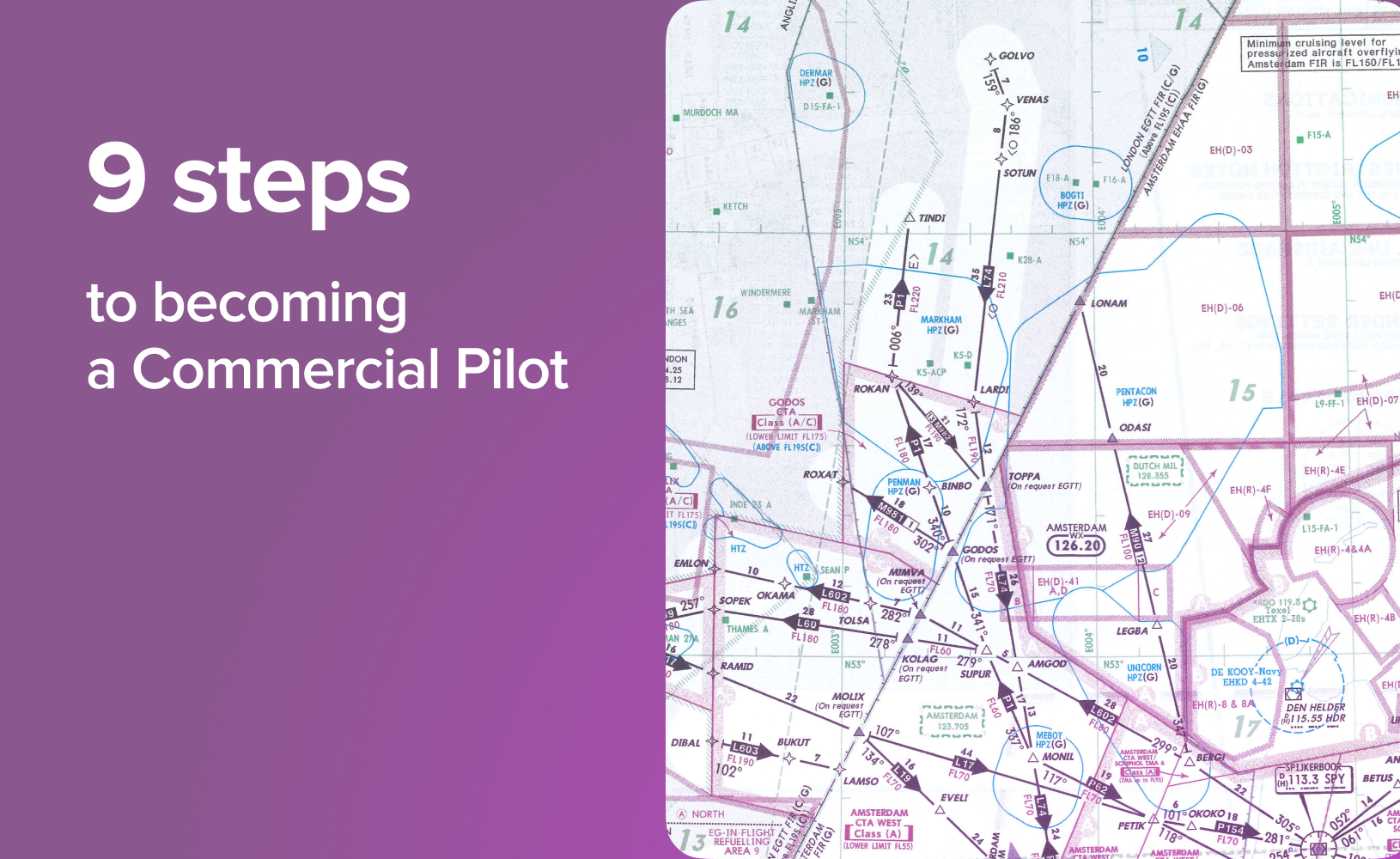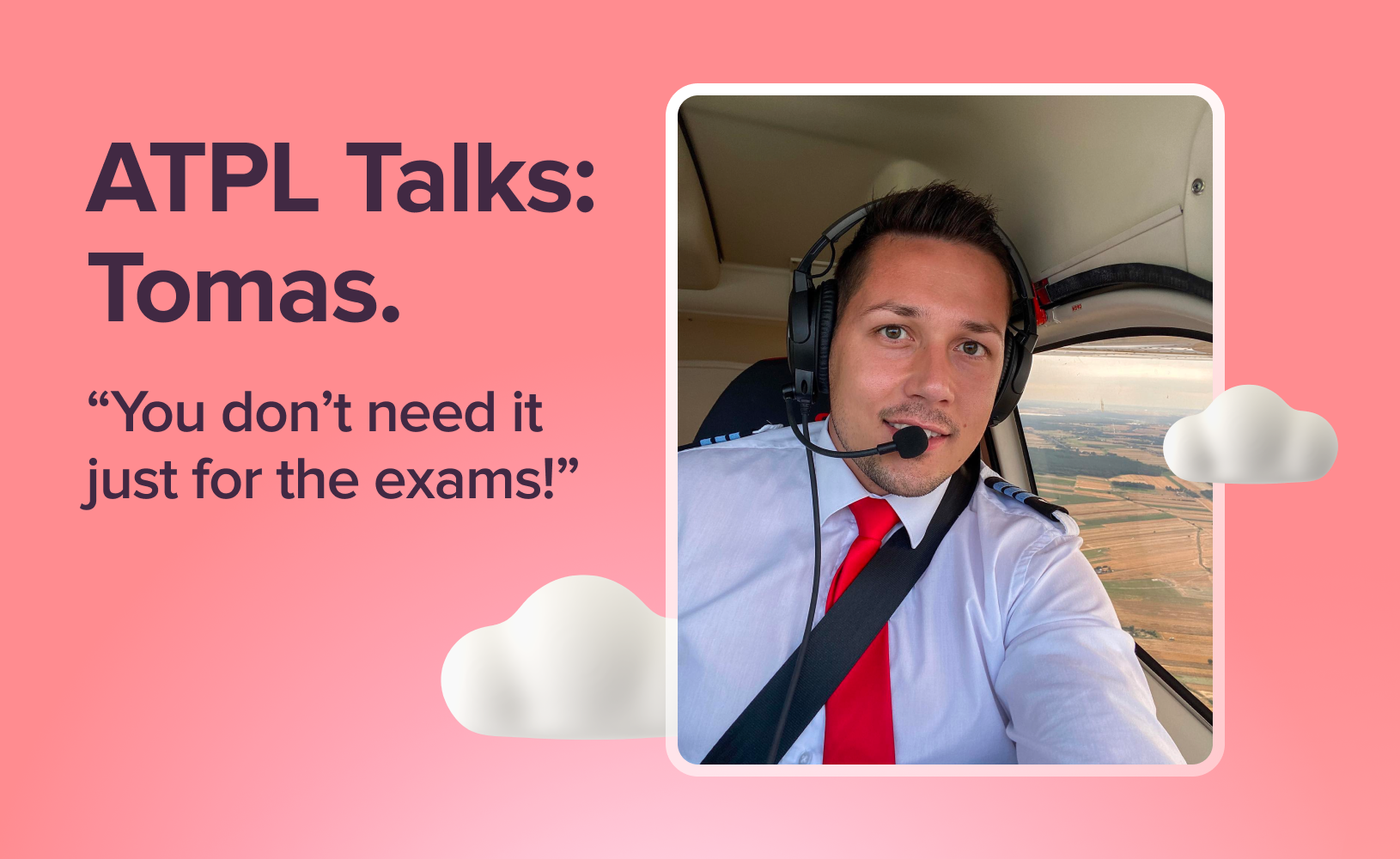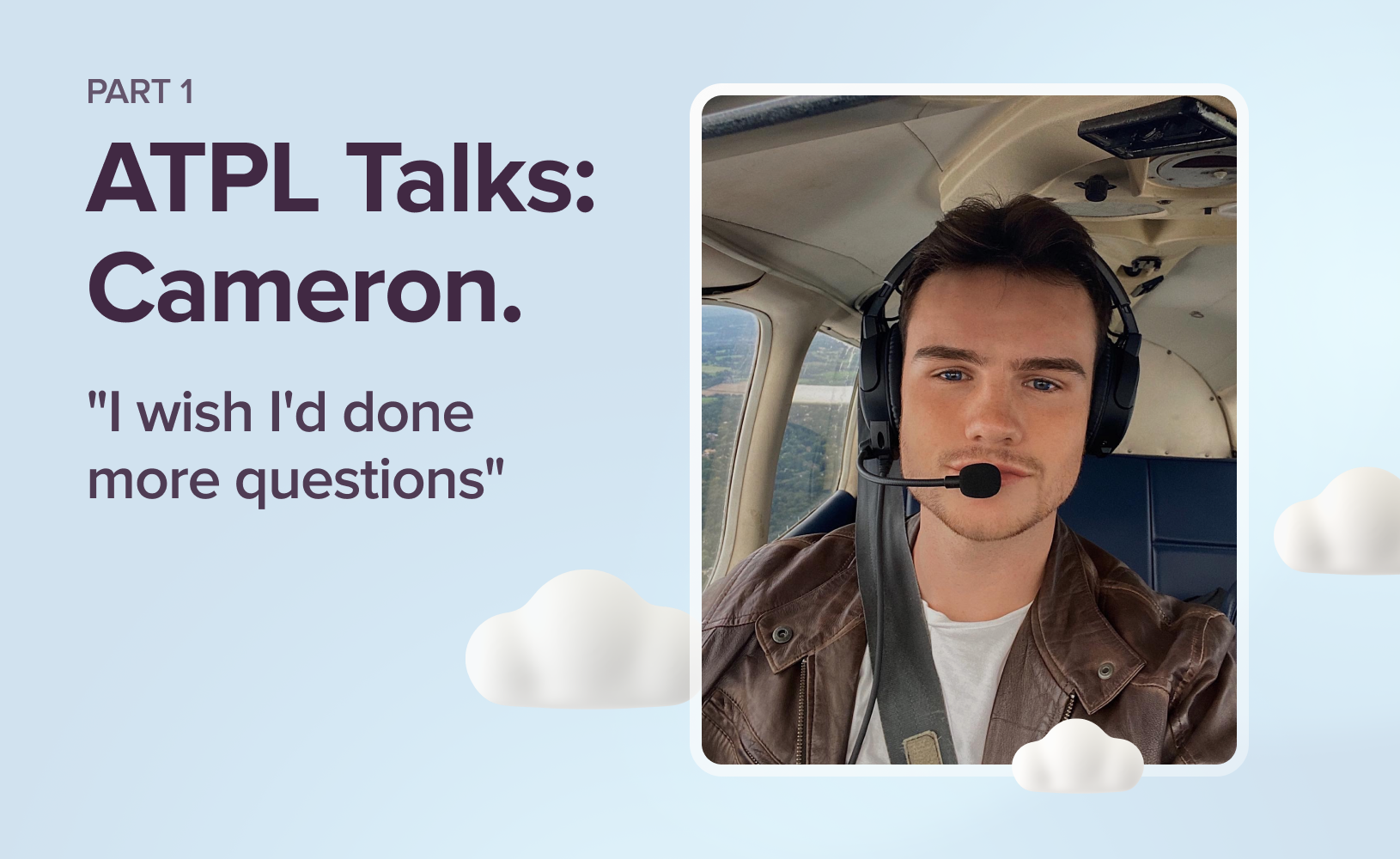How to Become a Pilot in the UK & Europe

Stepping into the world of aviation as an aspiring pilot is a thrilling endeavour marked by dedication, perseverance, and dreams of taking flight. Our comprehensive guide will walk you through every aspect of the journey, from understanding the essential skills and qualifications needed to kickstart your aviation career in the UK and Europe, to exploring the diverse training options and career opportunities available.Whether you're considering integrated or modular training routes, aiming for a Private Pilot Licence, or pursuing an Airline Transport Pilot Licence — let's take flight and explore the pathways that will turn your dream of becoming a pilot into reality.

Aviation is not just about the destination; it’s about the journey and the experiences along the way. A pilot career offers you that unique blend of responsibility, fulfilment and many other benefits. For those who relish the thrill of operating sophisticated machinery, interacting with passengers and crew, and soaring through the skies, being a professional pilot represents an exceptional opportunity. Here's why aviation stands out as a compelling career choice:
Operating cutting-edge technology, such as advanced avionics and navigation systems, adds to the allure of the profession, attracting individuals who thrive in high-stakes environments and enjoy mastering complex systems.
Professional pilots enjoy job stability, and competitive average salaries, often supplemented by attractive benefits packages with health insurance, retirement plans, and travel opportunities. Additionally, the prestige associated with being a pilot, coupled with the sense of accomplishment from mastering a challenging profession, adds to the overall fulfilment.
Flying a commercial aircraft gives an unparalleled sense of exhilaration and adventure. Each flight presents unique challenges and rewards. Besides, there are ample opportunities for career and personal growth. Individuals progress to higher positions with increased responsibilities and rewards as they gain flying experience and acquire additional certifications.
A recent report by Airbus, which echoes across the aviation industry, projects that 80 new pilots will be needed every day over the next two decades, indicating a staggering demand for pilots. Europe, including the UK, accounts for 20% of this surge in pilot jobs, ranking second worldwide just behind Asia Pacific. This translates to an immense requirement of 16 pilots per day in Europe alone, totalling 5,840 pilots annually until the year 2042.
Becoming a Pilot in the UK & Europe: Requirements?
Individuals aiming to pursue a career as a pilot in the UK and Europe must fulfil certain criteria that are unique to the area or particular training scheme. These prerequisites encompass:
Age: Applicants must be at least 17 to apply and 18 to commence pilot training.
Height: Candidates should typically fall within the height range of 5 feet 2 inches (157 centimetres) to 6 feet 3 inches (191 centimetres).
English Proficiency: Since English is the international language of aviation, candidates must demonstrate proficiency in English, both verbal and written, usually at Level 4 or higher on the International Civil Aviation Organisation (ICAO) scale.
Educational Background: Having a university degree is optional, but it is essential to have finished high school. A good level of education, typically including mathematics and physics, is typically required. A minimum of five GCSEs grade C/4 or above, or the international equivalent, including Maths, English, and Science, is needed.
Medical Certificate: Every cadet needs to obtain a Class 1 medical certificate to ensure they meet the highest medical standards necessary for commercial pilot training. This includes physical assessments of health, vision, and hearing, along with evaluations of cardiovascular and mental health.
Criminal Record Check: Applicants may be required to undergo a criminal record check, often conducted by relevant authorities or aviation regulatory bodies. This check aims to identify any past convictions or legal issues that could pose a risk to aviation safety or security.

What Are the Different Types of Pilots?
To begin with, it's important to recognize the various kinds of pilots within the aviation sector. Trainee pilots can choose between two main aircraft types: fixed-wing, which refers to aeroplanes, and rotary-wing, which pertains to helicopters, each providing unique opportunities for pilot careers. Within these broad classifications, there are several subcategories of flying that pilots can specialise in:
Private Pilots fly for personal enjoyment and may own or rent aircraft for recreational purposes. The private pilot licence (PPL) permits individuals to engage in leisure flights, sightseeing tours, and short trips for pleasure or business.
Commercial Airline Pilots hold licences (CPL) that allow them to act as the pilot-in-command or co-pilot of an aircraft operated for hire or reward. CPL holders can fly aircraft for commercial purposes, such as conducting aerial tours, aerial photography, or flight instruction. A Flight Instructor (FI) rating is needed to teach flying.
The Airline Transport Pilot (ATPL) is the highest level of pilot licence and allows the holder to act as the pilot-in-command of an aircraft operated by an airline or air charter company. This differs from a CPL and is necessary to command or operate a flight with more than nine passengers. To obtain an ATPL, pilots typically need to meet stricter experience requirements, including a minimum number of flight hours and additional training and examinations compared to a CPL.
Military Pilots serve in the armed forces and operate military aircraft for search and rescue, combat missions, transport, and other defence-related activities. They receive tailored training and can be assigned to missions related to the nation's security within the country and overseas.
By grasping the variety of prospects within the aviation sector, you can customise your career paths to match your passions, abilities, and ambitions.
Which Are the Pilot's Essential Skills?

Becoming a pilot requires more than just meeting basic qualifications. Alongside the necessary credentials, pilots must possess a range of soft skills and attributes to handle the daily demands of their role. Key interpersonal abilities essential for a commercial airline pilot include:
Communication and teamwork: Pilots must effectively communicate with cabin crew members and air traffic control, fostering teamwork to ensure safe and efficient flights.
Decision-making and stress management: Quick, informed decisions are crucial in aviation, particularly during high-pressure situations. Pilots must manage stress effectively to maintain focus and composure.
Leadership: Whether on the flight deck or the ground, pilots typically take on leadership roles, guiding their team and making critical decisions for the safety of the flight.
In addition to these core soft skills, a commercial airline pilot needs to demonstrate proficiency in mathematics and physics, excellent spatial awareness and coordination.Moreover, individuals who pursue pilot careers typically possess characteristics like outgoingness, meticulousness, a drive for achievement, proficiency, and a deep commitment to their responsibilities, all of which play a pivotal role in their accomplishments within aviation.
How to Become a Commercial Pilot in the UK & Europe?

Once you've fulfilled the prerequisites and gained entry into the pilot training course, securing an Airline Transport Pilot Licence (ATPL) and a Class 1 Medical Certificate becomes crucial if you aim to follow the path of a commercial airline pilot. After finishing your training:
You will receive a frozen ATPL, allowing you to apply for First Officer positions.
To transition from a frozen to an unfrozen ATPL, you must accumulate 1,500 flying hours.
You have the option to obtain either a UK Civil Aviation Authority (UK CAA) or a European Aviation Safety Agency (EASA) pilot licence, enabling you to operate either UK-registered or EASA-registered commercial aircraft.
Flight school training typically spans 70 weeks before cadets are ready to commence their careers.
What Are Pilot Training Routes?
When considering the path to becoming a pilot, there are different training routes, each with its own merits. Here's a breakdown of the options:
Integrated Training
Modular Training
Multi-Crew Pilot Licence (MPL)
The BSc (Hons) Aviation

Whichever route you decide, ground examinations will follow theoretical training. The ATPL Exams cover 13 subjects, including Air Law, General Navigation, Aircraft General Knowledge, Flight Planning, and Meteorology, among others. Discover valuable insider strategies for success in your ATPL exams in 2024 with our comprehensive guide.Practical flight training involves logging a minimum number of flight hours, typically around 150 for commercial pilot certification. This training includes both solo and dual flights, where you'll practise various manoeuvres, navigation techniques, and emergency procedures under the guidance of certified flight instructors.Most students complete their ATPL study within twelve to sixteen months with part-time courses, while full-time courses can shorten the duration to as little as six months. Each pilot training route has advantages and disadvantages, so it's crucial to carefully consider your goals, financial situation, and career aspirations before deciding.
Who Provides Pilot Training Courses?
In Europe and the UK, pilot training courses and education are offered by various institutions, flight training schools and academies, airlines, and military organisations.The Civil Aviation Authority (CAA) provides a list of approved pilot training providers, with players like CAE, L3Harris Airline Academy, and Bristol Groundschool.While sponsored commercial airline pilot training is no longer common, aspiring pilots can self-fund their training, including the final phase of joining an airline, such as the 'type rating', which can cost up to £30,000.For those seeking scholarships, the Honourable Company of Air Pilots Flying Scholarship Programme offers opportunities for financial assistance. Additionally, universities offering pilot courses can be valuable resources, with some programs providing training for obtaining a Private Pilot Licence (PPL), ATPL ground instruction, or even a Frozen ATPL.Aspiring pilots must understand the offerings of each course and where they lead, whether it's a partial qualification or a comprehensive, integrated experience.Many courses with pilot studies are integrated into aerospace engineering programs, providing a holistic approach to aviation education and training.
What Are Pilot Career Paths?

Newly licensed pilots have a range of career options available to them, depending on their qualifications, experience, and personal career goals. There are several typical paths that these novice aviators might pursue.
Commercial Pilot: Many novice aviators aspire to become commercial pilots, flying for airlines or charter companies, transporting passengers or cargo domestically or internationally.
Flight Instructor: Some aviators choose to become flight instructors, sharing their knowledge and expertise with aspiring pilots, and training them to obtain various pilot licences and ratings.
Corporate Pilot: Others may opt for a career as a corporate pilot, flying private aircraft for businesses or high-net-worth individuals, providing personalised and efficient transportation.
Military Pilot: Novice aviators may also pursue a career in the military, serving as pilots in various branches such as the Navy, Marines, Army or Air Force, flying fighter jets, transport aircraft, helicopters, or drones.
Aviation Management: For those interested in the business side of aviation, careers in aviation management offer opportunities in areas such as airport operations, airline management, aviation safety, aircraft maintenance, or air traffic control.
The aviation industry offers diverse opportunities for pilots to explore, allowing them to tailor their careers to their interests and goals.
Where to Find Pilot Job Openings?

Finding pilot job openings can be approached in several ways. Traditional methods include attending job fairs and networking events specifically tailored to the aviation industry, where airlines and other aviation-related companies often scout for talent.
Additionally, many aspiring pilots find success by staying connected with flight schools and training centres, as these institutions frequently have partnerships with airlines and can provide valuable job placement assistance.
Online job boards and the career pages of airline websites are also excellent resources for current job listings, allowing candidates to apply directly and keep abreast of the latest opportunities in the field.
Aviation Job Boards
Airline Career Fairs
Networking
Direct Applications
Recruitment Agencies
Final Point
As you move forward in your aviation career, remember that learning never stops. Stay curious, continue to expand your knowledge and flying experience, and always strive for personal and professional growth. Surround yourself with mentors, peers, and resources that support your journey and inspire you to reach new heights.
In our upcoming blog posts, we'll go deep into practical tips and strategies to help you navigate the next steps in your aviation career. From crafting the perfect cover letter to preparing for interviews and fine-tuning your CV, we'll provide detailed guidance to help you stand out in a competitive job market. Until then, keep soaring high, aspiring pilots, and remember that the sky is truly the limit!



